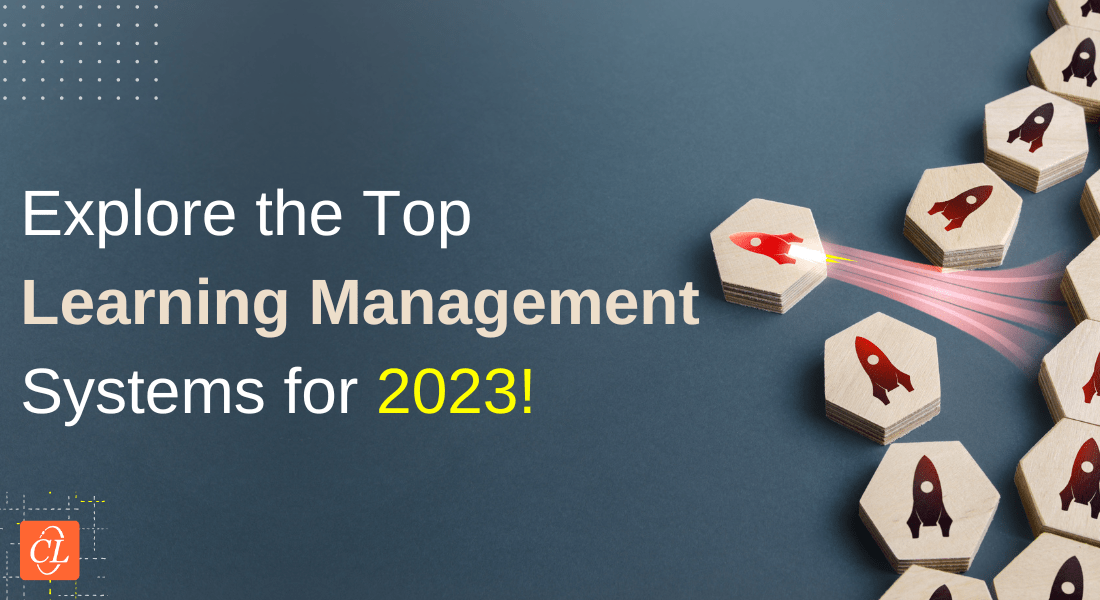Innovative Technologies for eLearning Translations: Exploring the Latest Trends

As eLearning continues to grow in popularity, so too does the demand for high-quality translations of eLearning content. Fortunately, there are many innovative technologies available today that can help improve the quality and speed of eLearning translations. In this blog post, we will explore some of the latest trends and technologies in eLearning translations. By staying up-to-date with these developments, eLearning providers can ensure that their translations are effective, efficient, and engaging for learners around the world.
Are You Stuck With Traditional eLearning Translation Methods?
Here are a few trends and technologies to help you out:
- Machine translation
- Computer-Assisted translation
- Audiovisual translation
- Natural language processing
7 Popular Trends and Technologies in eLearning Translations
1. Machine Translation
Machine translation is becoming increasingly popular in eLearning translations due to its speed and efficiency. Machine translation uses software to translate content automatically, without the need for human translators. While machine translation can be faster and more cost-effective than human translation, it is not always as accurate or nuanced. However, recent advances in machine learning are improving the quality of machine translation, making it a viable option for many eLearning translation projects.
→ Rapid eLearning Translations by CommLab India – A Success Story
2. Translation Memory
Translation memory is a technology that allows previously translated content to be reused for future translations. As content is translated, it is stored in a database, and the translation memory system can automatically retrieve and reuse the previously translated content when it appears in new translations. This can save time and improve consistency in eLearning translations.
3. Computer-Assisted Translation
Computer-assisted translation (CAT) tools are software applications that help human translators work more efficiently. These tools provide features such as translation memory, terminology management, and machine translation integration, which can speed up the translation process and improve the quality of the translation. CAT tools can also help maintain consistency in translations by providing suggestions for commonly used terminology.
4. Audiovisual Translation
Audiovisual translation is becoming increasingly important in eLearning, as many courses include multimedia content such as videos and audio recordings. Audiovisual translation includes subtitling, eLearning voiceovers, and dubbing, and requires specialized skills and tools. Recent advances in audiovisual translation technology, such as speech recognition and text-to-speech, are improving the efficiency and accuracy of these processes. They are being used to create more accessible eLearning content for learners with hearing impairments. It can also be used to provide real-time translation and interpretation for language learners.
5. Cloud-Based Translation Management Systems
Cloud-based translation management systems (TMS) are becoming increasingly popular in eLearning translations. These systems allow translators and project managers to collaborate on translation projects in real-time, from anywhere in the world. Cloud-based TMS also provides features such as project management, quality control, and reporting, which can improve the efficiency and quality of eLearning translations. Some of the popular TMS are Wordbee, Smartcat, and Phrase.
6. Augmented Reality and Virtual Reality
Augmented reality (AR) and virtual reality (VR) are emerging technologies that are being used in eLearning to create immersive learning experiences. AR and VR can be particularly useful in language learning, as they can provide a realistic environment for learners to practice their language skills. These technologies require specialized translation and localization processes to ensure that the content is accurately translated and localized for the target language and culture.
7. Natural Language Processing(NLP)
Natural Language Processing (NLP) is a subfield of artificial intelligence (AI) that focuses on the interaction between humans and machines using natural language. NLP aims to help machines understand, interpret, and generate human language, including text, speech, and other forms of communication. NLP algorithms use a range of techniques to analyze language, including statistical methods, rule-based models, and machine learning. These algorithms enable machines to perform a range of language-related tasks, such as sentiment analysis, language translation, text summarization, speech recognition, and chatbot development.
Parting Thoughts!
Innovative technologies are transforming the field of eLearning translations. What we discussed are just a few of the latest trends and technologies that are improving the speed and quality of eLearning translations and are enabling eLearning developers to create high-quality, multilingual content that is accessible to learners worldwide. As the demand for eLearning continues to grow, we can expect to see even more cutting-edge technologies being developed to enhance the translation and localization of eLearning content. If you have any questions related to eLearning translations, you can check out this amazing eBook and get all your queries answered.





